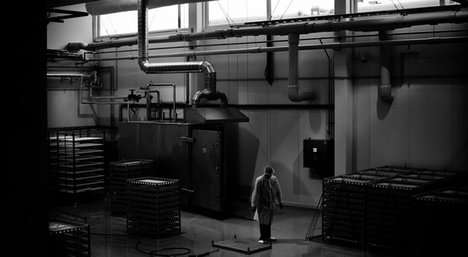(p. C4) Last month a team at Johns Hopkins University and the Sloan-Kettering Institute for Cancer Research, using a version of Dr. Yamanaka’s technique, successfully grew nerve cells from a patient suffering from a rare disease called Riley-Day syndrome, which is linked to early mortality, seizures and other symptoms and caused by a fault in one gene.
But the purpose was not to put these cells back into the patient. Instead the scientists tested 6,912 chemical compounds on the cells to see if they could find one that “rescued” the “expression” of the gene: that is to say, caused it to produce the protein it is supposed to produce. One of the compounds worked, inducing the gene to be actively transcribed by the cell.
In the not-very-distant future, when something is going wrong in one of your organs, one treatment may be to create some stem cells from your body in the laboratory, turn them into cells of that organ, or even rudimentary structures, and then subject them to experimental treatments to see if something cures the problem. The goal of personalized medicine, in other words, may be reached by stem-cell researchers before it’s reached by geneticists.
For the full commentary, see:
MATT RIDLEY. “MIND & MATTER; Stem-Cell Cures Without the Controversy.” The Wall Street Journal (Sat., December 8, 2012): C4.
(Note: the online version of the commentary has the date December 7, 2012.)






